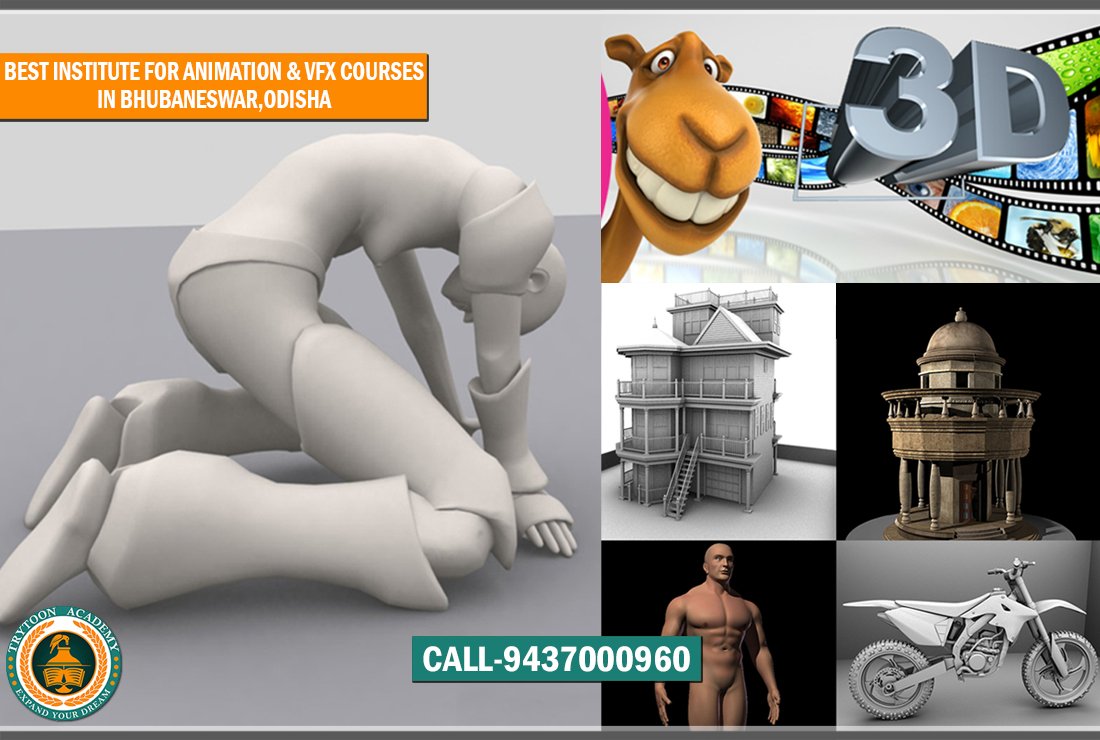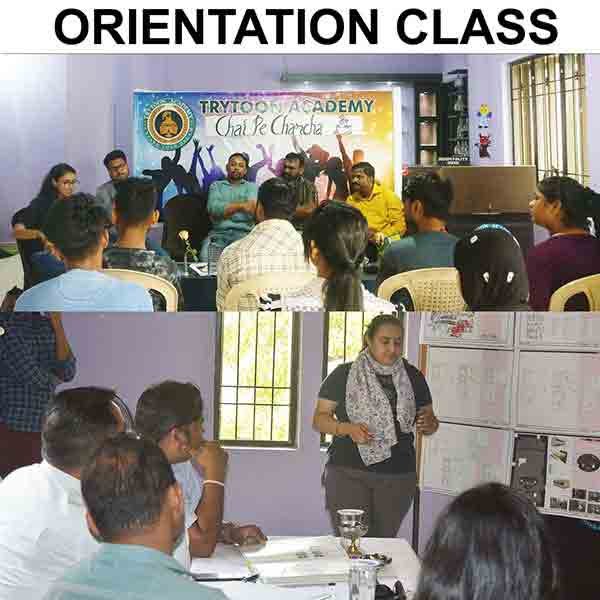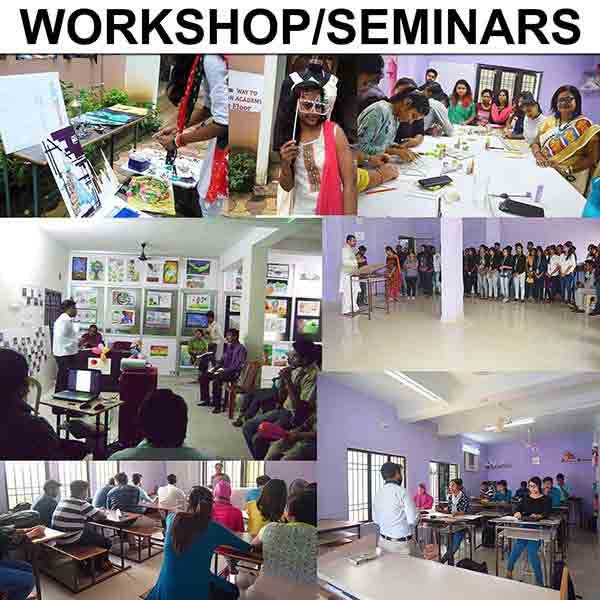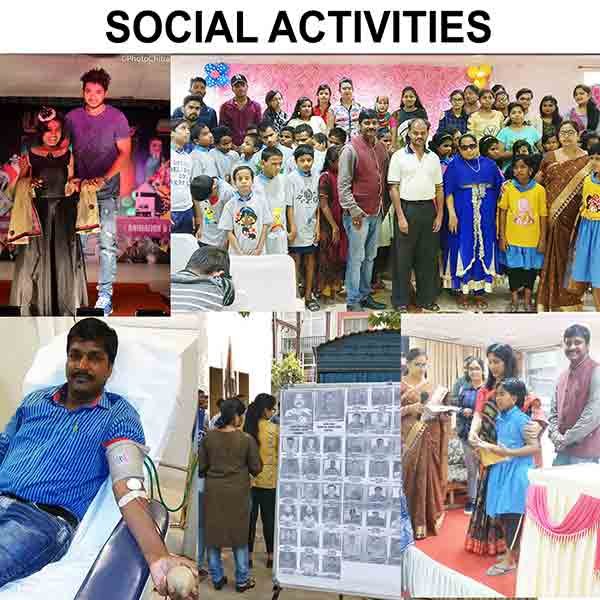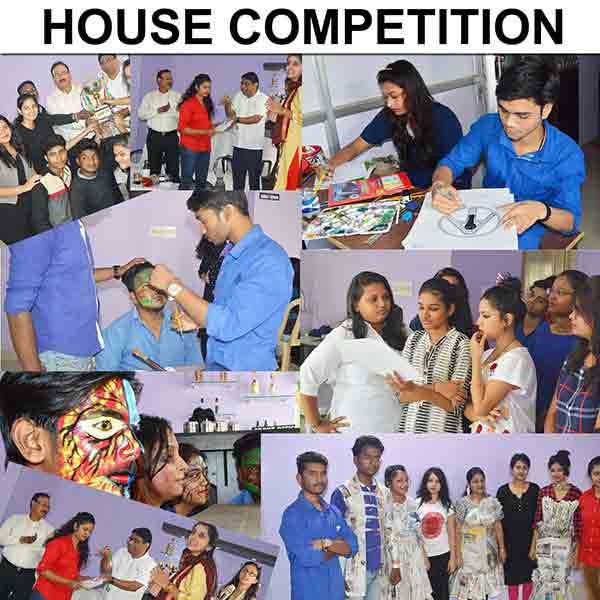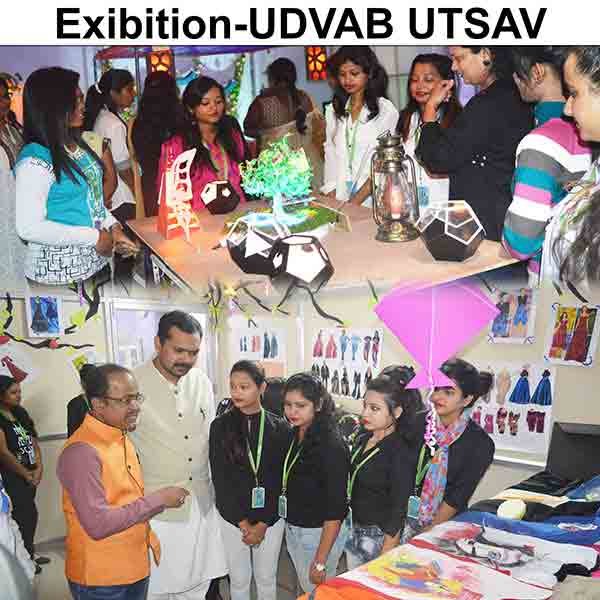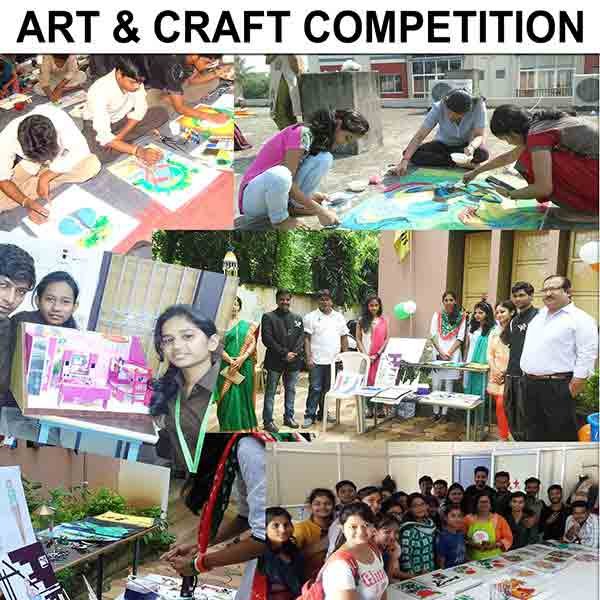Explore Human-Centered Design through the Anthropometrics Workshop at Trytoon Academy
At Trytoon Academy, the No1 Interior Design Institute in Bhubaneswar, we believe that great design begins with understanding people — how they move, live, and interact with their environment. That’s why our Anthropometrics Workshop is one of the most essential parts of our Interior Design Workshop series. It bridges the gap between creativity and functionality, teaching budding designers how to design interiors that truly fit human needs.
Since 2009, Trytoon Academy, a leading Interior Design College affiliated with Utkal University of Culture and recognized by the Government of Odisha, has been shaping design professionals through world-class training. With diploma, advanced diploma, bachelor’s, and master’s degree programs — plus short-term design courses — we ensure our students gain both academic excellence and 100% job-oriented skills.
What Is Anthropometrics in Interior Design?
Anthropometrics is the science of understanding human body measurements and their application in design. In the context of interior design workshops, anthropometrics focuses on how to create spaces that are comfortable, safe, and functional for all users.
In the Anthropometrics Workshop, students learn to analyze the dimensions, proportions, and movements of the human body. They apply this knowledge in designing furniture layouts, kitchen heights, seating arrangements, and workspaces that suit human ergonomics.
This Interior Design Workshop helps future designers blend artistic vision with practical design logic — ensuring that aesthetics never compromise comfort.
Objectives of the Anthropometrics Workshop
The Anthropometrics Workshop at Trytoon Academy aims to:
-
Introduce students to the principles of human measurement and how they impact design.
-
Teach ergonomic design techniques for functional interiors.
-
Develop a deep understanding of spatial planning and proportioning systems.
-
Help students apply anthropometric data in real-time design exercises.
-
Encourage creative problem-solving through workshops, model making, and group projects.
By the end of the session, students gain professional confidence to create interiors that balance beauty, utility, and comfort — a hallmark of the best interior design institute education.
Why Anthropometrics Matter in Interior Design
In every successful interior design, comfort and usability go hand in hand with style. The Anthropometrics Workshop ensures that designs are not only visually appealing but also physically accommodating.
Key Importance:
-
User Comfort: Proper proportions ensure seating, working, and movement comfort for all age groups.
-
Safety: Avoid design errors that could cause discomfort or strain.
-
Functionality: Create layouts and furniture designs that align with user activities.
-
Efficiency: Properly measured spaces reduce material waste and improve design flow.
-
Inclusivity: Accommodate people of all body types, abilities, and heights.
This is why every Interior Design Workshop at Trytoon Academy integrates human-centered design methods — because a space is only as good as its usability.
Workshop Highlights at Trytoon Academy
The Anthropometrics Workshop is structured with a hands-on approach, combining theory, visualization, and practical applications in Interior Design course modules.
1. Real-Life Measurements
Students work with actual human dimensions, measuring body postures and movements to understand design ergonomics.
2. Space Planning Exercises
Through interactive design tasks, learners apply anthropometric data to bedroom layouts, office designs, and kitchen work zones.
3. Furniture and Fixture Design
Participants explore ideal furniture sizes — from chair heights to table clearances — to ensure comfort and accessibility.
4. Group Projects
Students collaborate to design functional interior spaces, considering height, reach, and movement.
5. Professional Mentorship
Guided by industry experts, students receive feedback and insights from practicing interior designers and architects.
This approach makes Trytoon Academy the No1 Interior Design Institute for practical, industry-relevant learning in Bhubaneswar.
Learning Outcomes
After completing the Anthropometrics Workshop, students will be able to:
-
Interpret anthropometric charts and use them in design projects.
-
Design ergonomically optimized interiors for residential and commercial spaces.
-
Apply scientific measurements to furniture and layout design.
-
Understand human comfort levels in various design contexts.
-
Present realistic, human-centric design solutions confidently.
These learning outcomes align with international interior design standards, making our students stand out in the global design industry.
Why Choose Trytoon Academy for Interior Design Workshops?
When searching for an Interior Design Institute near me, Trytoon Academy stands out as a leader in creative education for several reasons:
1. Legacy of Excellence Since 2009
With over a decade of experience, we have become the No1 Interior Design Institute in Bhubaneswar, producing award-winning designers.
2. 100% Job and Internship Opportunities
Our students are placed with top interior design firms, architectural studios, and real estate companies.
3. Expert Faculty and Mentors
Experienced professionals guide students through real-world design scenarios.
4. Practical Workshops and Live Projects
Our Interior Design Workshops, including the Anthropometrics Workshop, help students gain hands-on learning beyond the classroom.
5. Advanced Infrastructure
State-of-the-art labs, design studios, and model-making facilities provide an immersive learning experience.
6. Industry Partnerships
Strong collaborations with interior design and architecture firms ensure exposure to the latest trends.
7. Accredited and Recognized
Affiliated with Utkal University of Culture and recognized by the Government of Odisha, Trytoon Academy ensures trusted academic excellence.
Student Experience at the Anthropometrics Workshop
Our students often describe the Anthropometrics Workshop as a turning point in their design education. Through interactive learning, they gain insights into how small measurement differences can drastically change the usability of a space.
Students participate in practical activities like:
-
Measuring door and window heights suitable for comfort.
-
Designing ergonomic kitchen layouts for optimal reach.
-
Creating scaled models to visualize spatial flow.
Such experiences transform theoretical knowledge into practical expertise — preparing students for a professional career in interior design.
Future Career Opportunities
Mastering Anthropometrics gives students a competitive advantage in various fields, including:
-
Interior Design Firms
-
Architecture Studios
-
Furniture Design Companies
-
Ergonomic Product Design
-
Retail and Exhibition Design
-
Residential and Commercial Space Planning
Employers value graduates from Trytoon Academy, knowing they possess both design flair and ergonomic knowledge gained from the best Interior Design Workshop training.
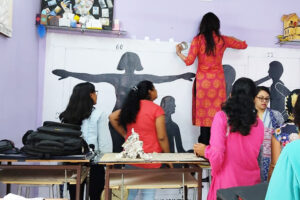 Physical ergonomics looks at how human anatomical, anthropometric, physiological and biomechanical characteristics relate to physical activity. This includes:
Physical ergonomics looks at how human anatomical, anthropometric, physiological and biomechanical characteristics relate to physical activity. This includes:
- working postures
- manual handling
- repetitive movements
- musculoskeletal disorders
- workplace layout and environment
Psychological ergonomics studies mental processes (eg perception, cognition, memory, reasoning and emotion) and how people interact with products, systems and environments. This includes:
- mental workload
- decision-making
- human-computer interaction
- human reliability
- attitudes
- stress
- motivation
- pleasure
- cultural differences
Organizational ergonomics is about optimizing the organizational structures, policies and processes of socio-technical systems. This includes:
- communication
- work design
- staff resource management
- working time patterns
- co-operative work
- quality management
- organizational culture
To ensure that you keep your end users’ needs in focus at all times, you should make ergonomists an integral part of your design development team.
Conclusion: Design That Fits Humanity
The Anthropometrics Workshop at Trytoon Academy, Bhubaneswar, is more than a classroom session — it’s a journey into human-centered creativity. It empowers future designers to blend science and aesthetics, crafting spaces that respect human comfort and movement.
If you’re looking for the Interior Design Best Institute or the No1 Interior Design Institute in Bhubaneswar, your search ends at Trytoon Academy. With 100% job and internship support, expert mentors, and a legacy of excellence, we help you transform your passion for design into a successful career.
Join the Anthropometrics Workshop today and experience what makes Trytoon Academy the most trusted Interior Design Institute near you — where design meets purpose, precision, and people.
Anthropometrics involve research that includes measurements of the human body while ergonomics involves using anthropometric data when designing products to improve user experience. The primary difference between anthropometrics and ergonomics is their focus and use. Anthropometric data helps designers to design their project. For instance, when designing a hairdryer, measurements like the average height of users and length of average arms become useful to decide the shape of handle and distance to be held from the head. When taking measurements form a target population for a specific product design, designers generally derive an average value (midpoint) as the final measurement. Anthropometrics plays an important role in various fields such as furniture design, interior design, clothing design, architecture, and ergonomics.


